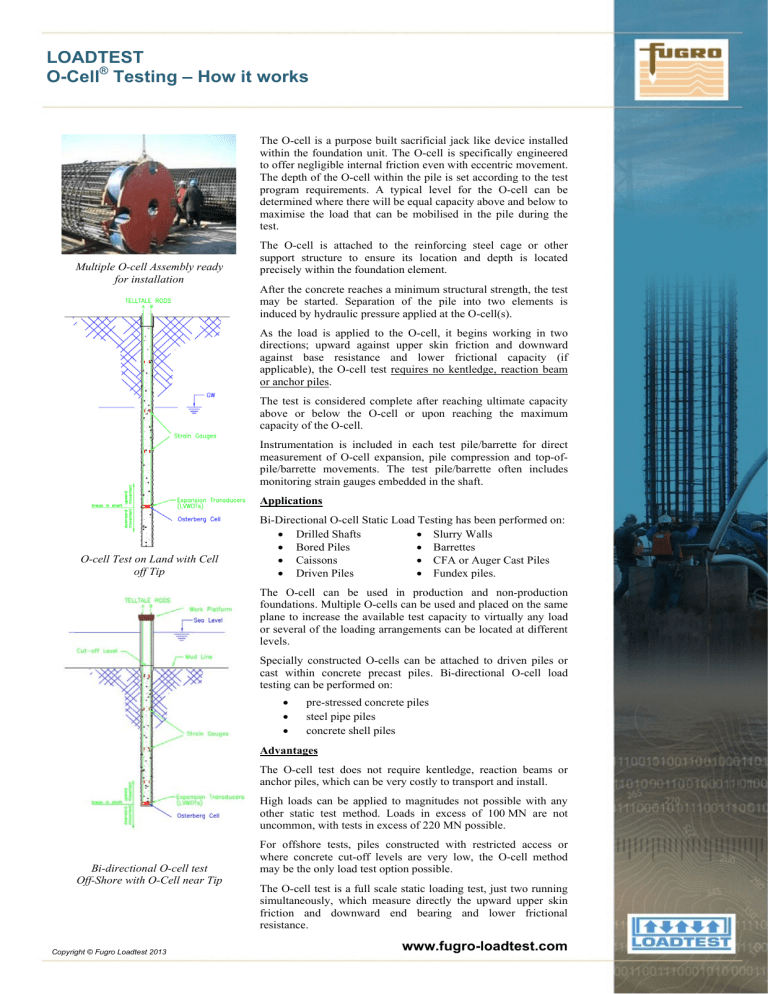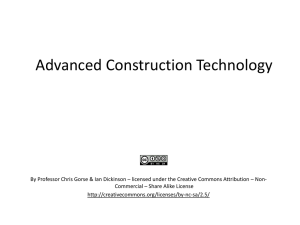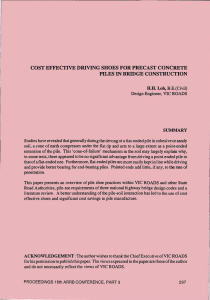
LOADTEST O-Cell® Testing – How it works The O-cell is a purpose built sacrificial jack like device installed within the foundation unit. The O-cell is specifically engineered to offer negligible internal friction even with eccentric movement. The depth of the O-cell within the pile is set according to the test program requirements. A typical level for the O-cell can be determined where there will be equal capacity above and below to maximise the load that can be mobilised in the pile during the test. Multiple O-cell Assembly ready for installation The O-cell is attached to the reinforcing steel cage or other support structure to ensure its location and depth is located precisely within the foundation element. After the concrete reaches a minimum structural strength, the test may be started. Separation of the pile into two elements is induced by hydraulic pressure applied at the O-cell(s). As the load is applied to the O-cell, it begins working in two directions; upward against upper skin friction and downward against base resistance and lower frictional capacity (if applicable), the O-cell test requires no kentledge, reaction beam or anchor piles. The test is considered complete after reaching ultimate capacity above or below the O-cell or upon reaching the maximum capacity of the O-cell. Instrumentation is included in each test pile/barrette for direct measurement of O-cell expansion, pile compression and top-ofpile/barrette movements. The test pile/barrette often includes monitoring strain gauges embedded in the shaft. Applications O-cell Test on Land with Cell off Tip Bi-Directional O-cell Static Load Testing has been performed on: Drilled Shafts Slurry Walls Bored Piles Barrettes Caissons CFA or Auger Cast Piles Driven Piles Fundex piles. The O-cell can be used in production and non-production foundations. Multiple O-cells can be used and placed on the same plane to increase the available test capacity to virtually any load or several of the loading arrangements can be located at different levels. Specially constructed O-cells can be attached to driven piles or cast within concrete precast piles. Bi-directional O-cell load testing can be performed on: pre-stressed concrete piles steel pipe piles concrete shell piles Advantages The O-cell test does not require kentledge, reaction beams or anchor piles, which can be very costly to transport and install. High loads can be applied to magnitudes not possible with any other static test method. Loads in excess of 100 MN are not uncommon, with tests in excess of 220 MN possible. Bi-directional O-cell test Off-Shore with O-Cell near Tip Copyright © Fugro Loadtest 2013 For offshore tests, piles constructed with restricted access or where concrete cut-off levels are very low, the O-cell method may be the only load test option possible. The O-cell test is a full scale static loading test, just two running simultaneously, which measure directly the upward upper skin friction and downward end bearing and lower frictional resistance. www.fugro-loadtest.com






